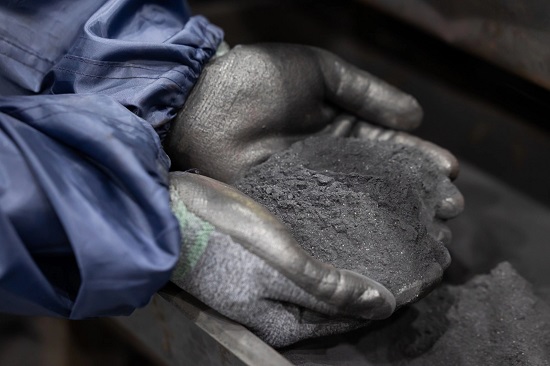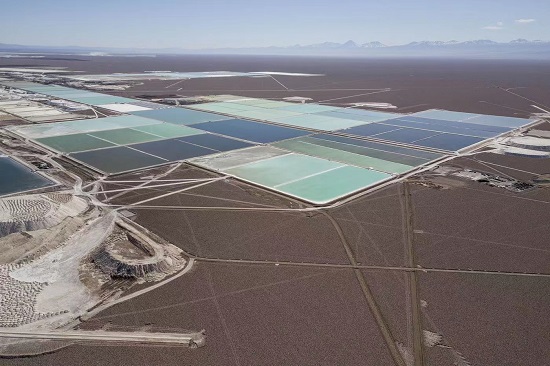Nickel tops $30,000, lithium supplies are in trouble, demand for electric vehicles pushes up metal prices
Nickel prices on the London Metal Exchange (LME) rose as much as 7.1%. Market liquidity is low and there are signs that investors and industry hedge traders continue to trim nickel exposure following the March short squeeze
Prices soared
Nickel prices soared in the London market and transactions were muted. Prospects of China’s economic recovery boost confidence in industrial metals gains.

Other metals including copper, zinc and tin also strengthened. China has eased the epidemic and turned its focus to stimulating the economy. Shanghai has rolled out a series of economic support measures, including allowing all manufacturing companies to resume work from June 1.
Lithium supply is also in trouble, with demand outstripping supply and lithium prices rising nearly 500% in a year.
If battery makers can’t get enough lithium, it will possibly stifle the expansion of clean energy vehicles.
Musk wants to mine lithium around the world, Chinese companies are looking for lithium at home, and battery manufacturers desperately need lithium. This once-common metal is now the key to the global transition to electric vehicles. The lithium supply crisis now seems to be Full-blown: Demand outstripped supply, lithium prices rose 500% in a year, and the world’s most successful attempt to stop global warming to date could be set back.
Lithium shortages have become so severe that in China, which produces about 80 percent of the world’s lithium-ion batteries, the government has interviewed suppliers and manufacturers for a “reasonable return” to lower prices, and analysts have warned that the lithium market will In a “permanent deficit”, lithium’s 2022 price forecast has also been doubled by investors, citing the possibility of an “extreme” rise in the market.
Goldman Sachs ‘ prediction
However, the good news is that recently, Goldman Sachs predicted that the bull market in battery metals will temporarily come to an end, and lithium prices are expected to fall to more than $16,000 per ton next year.
Goldman Sachs Group said that the enthusiasm of investors has led to a supply glut, and investors are fully aware that battery metals will play an important role in the global economy in the 21st century. Prices of three major battery metals, cobalt, lithium and nickel, are expected to fall over the next two years, and investors who want exposure related to the green energy transition may add too quickly.

Analysts at Goldman Sachs pointed out in a May 29 report. “Despite the exponential growth in demand, we believe the current bull market in battery metals is over.”
The long-term prospects for these battery metals remain strong, and not because of the rapid adoption of electric vehicles. But investor enthusiasm has led to a supply glut.
“Investor money has poured into supply investments related to the long-term demand for electric vehicles, essentially treating the spot-driven commodity as a longer-term equity trade,” the analysts said. “This fundamental mispricing, in turn, has led to oversupply, far exceeding demand trends,” they noted.
Goldman Sachs said lithium prices are expected to see a “significant correction”, with prices expected to average below $54,000 a ton this year, down from spot prices above $60,000, and fall further to just above $16,000 by 2023.
Cobalt prices could fall to $59,500 next year from an average of about $80,000 a ton currently. Analysts predict nickel prices could rise nearly 20% this year to $36,500 a ton, then it will fall again under “fundamental pressure”.
However, the prices of these metals could surge again after 2024.
“The current phase of oversupply will finally set the stage for the battery metals super cycle in the second half of the decade,” Goldman said.



